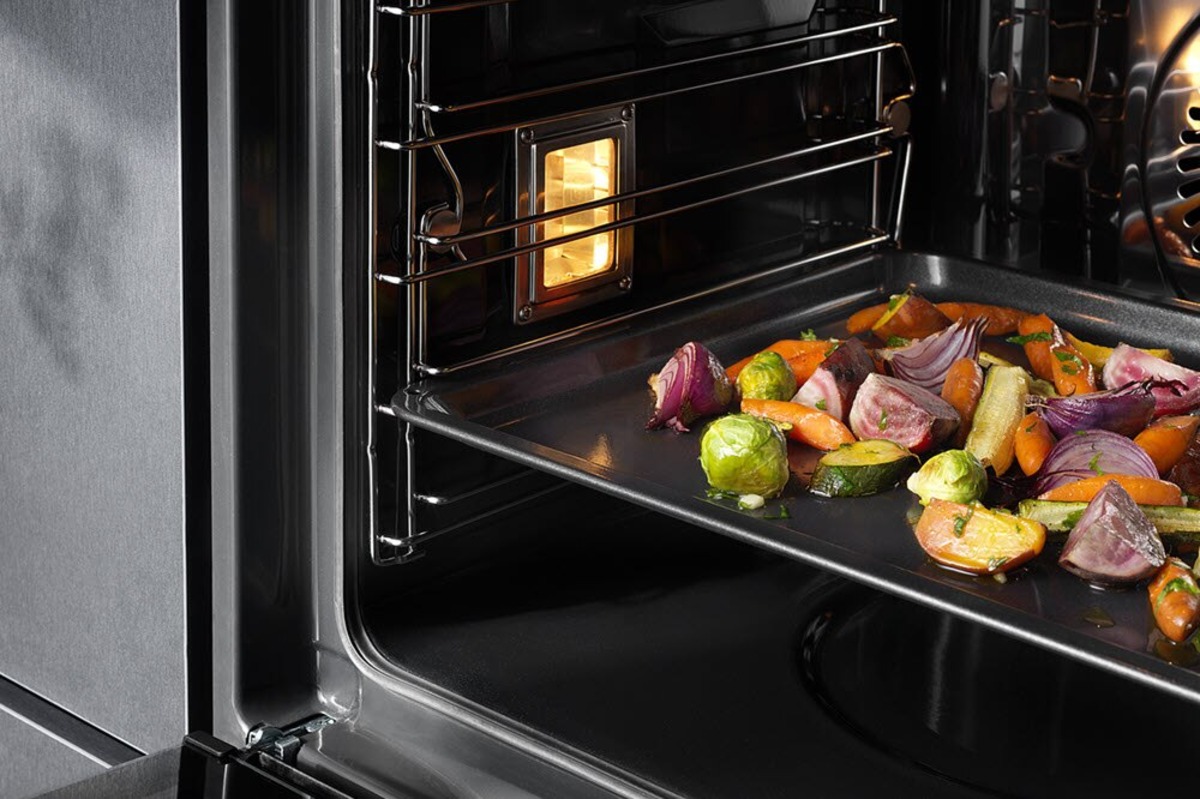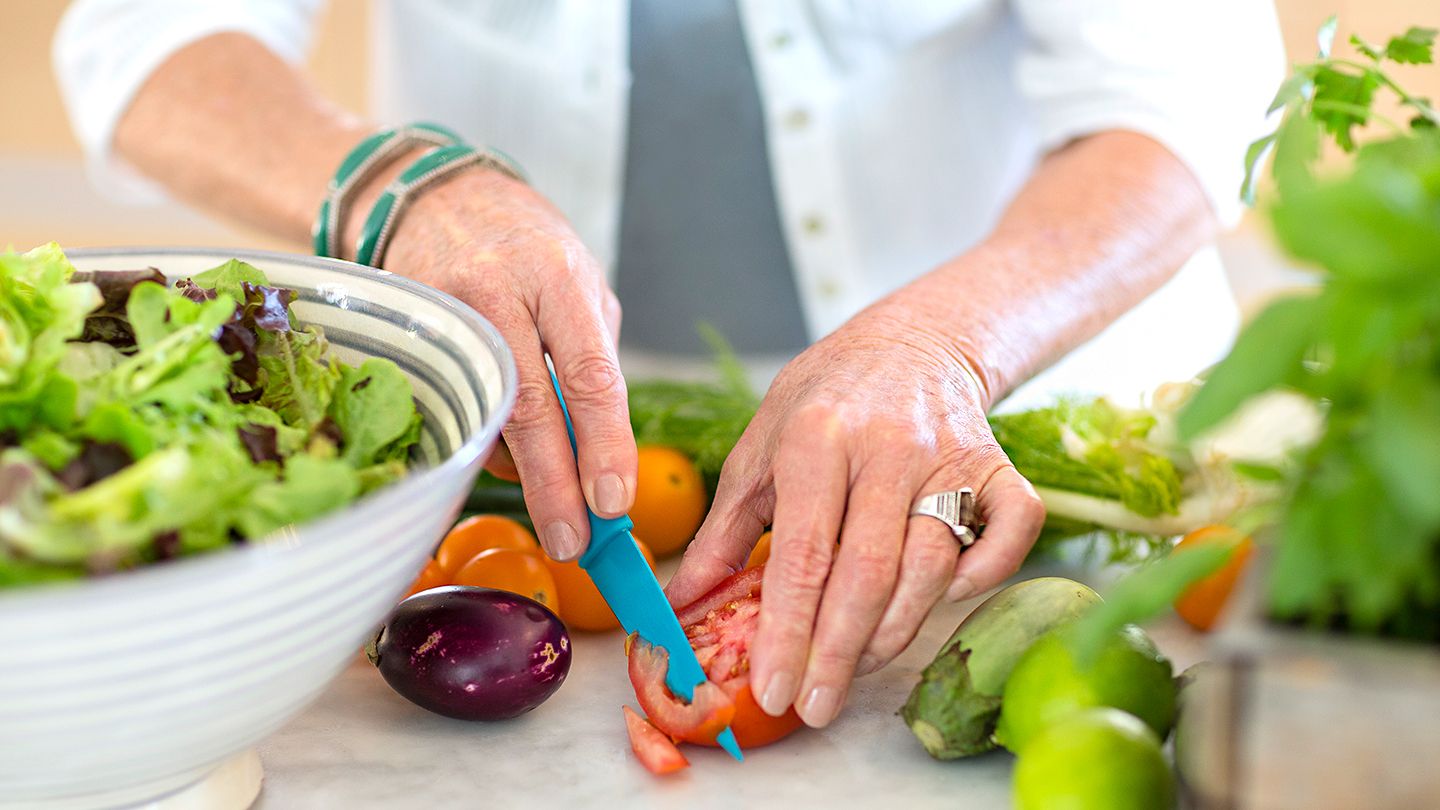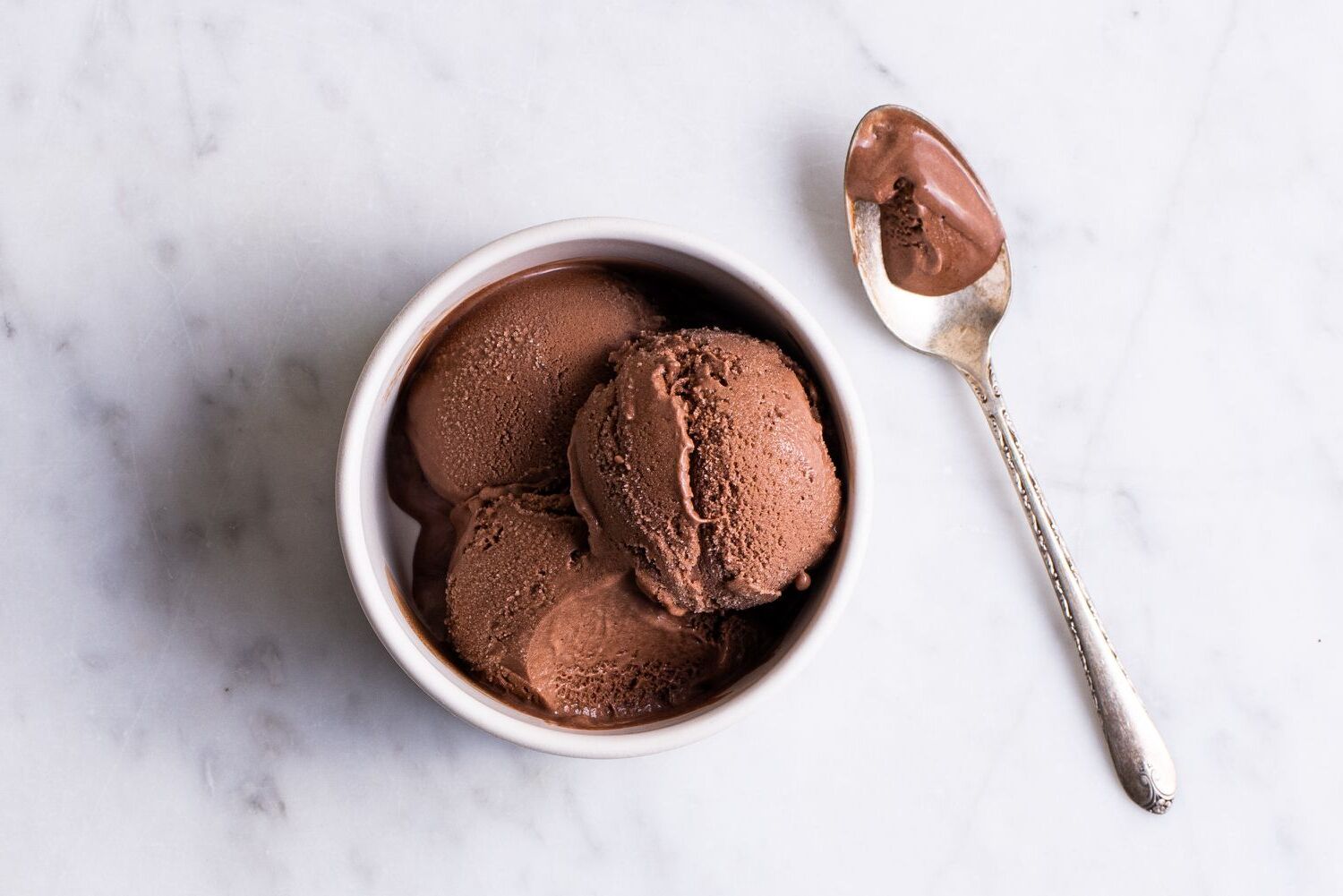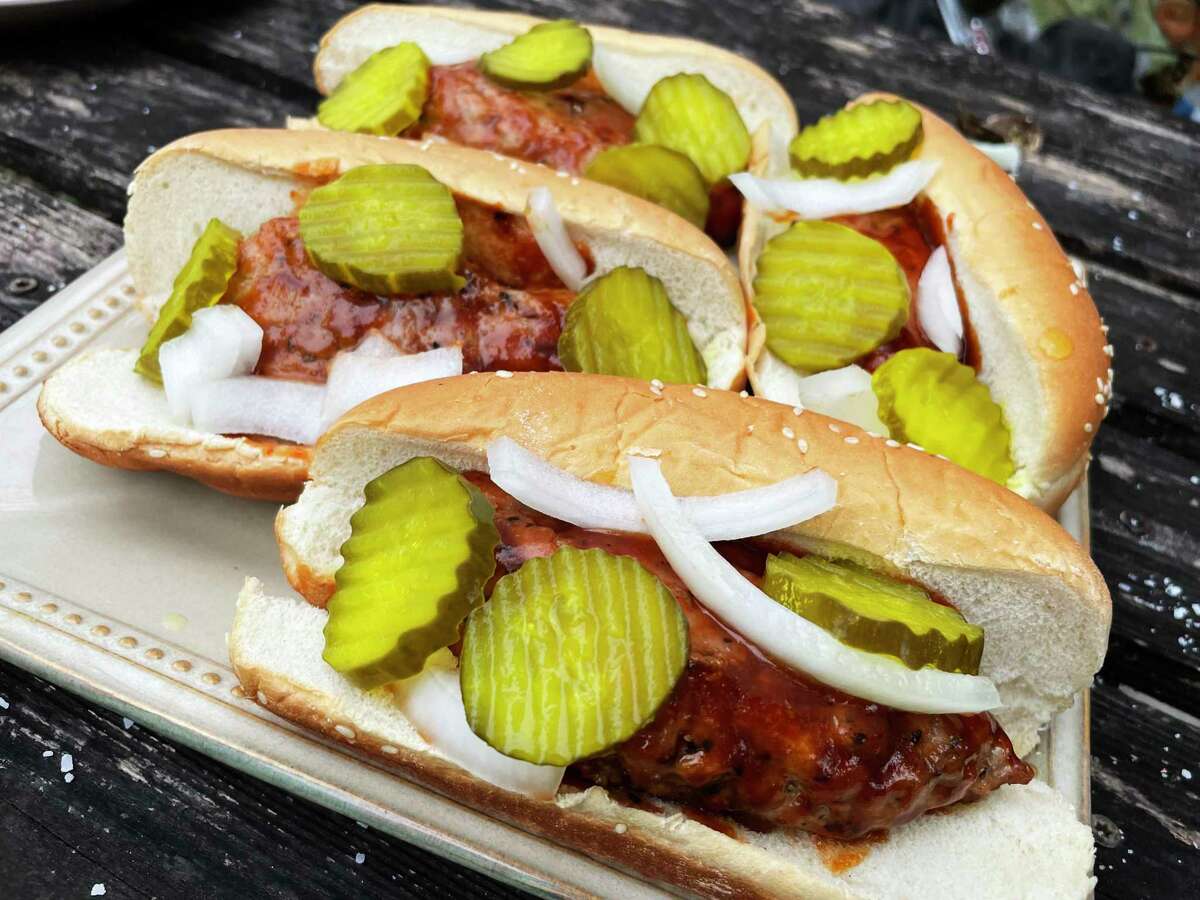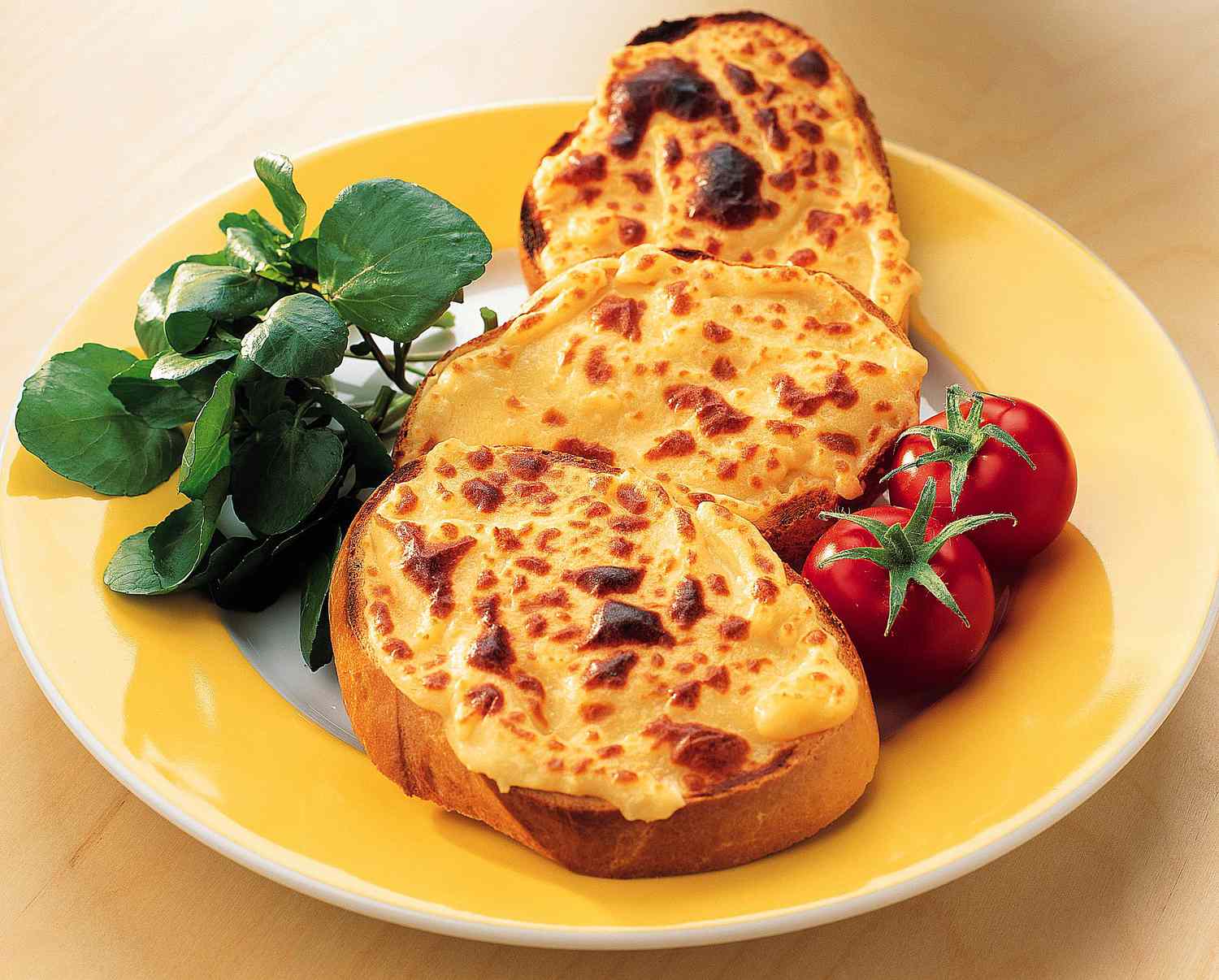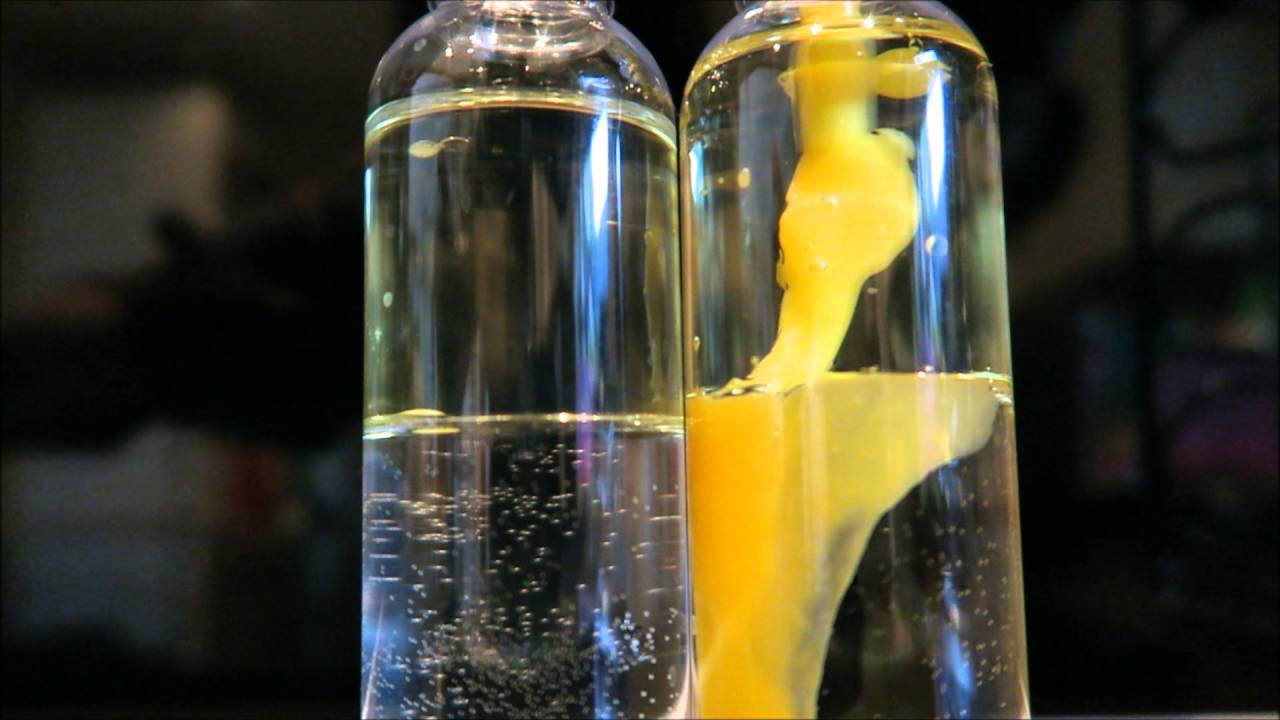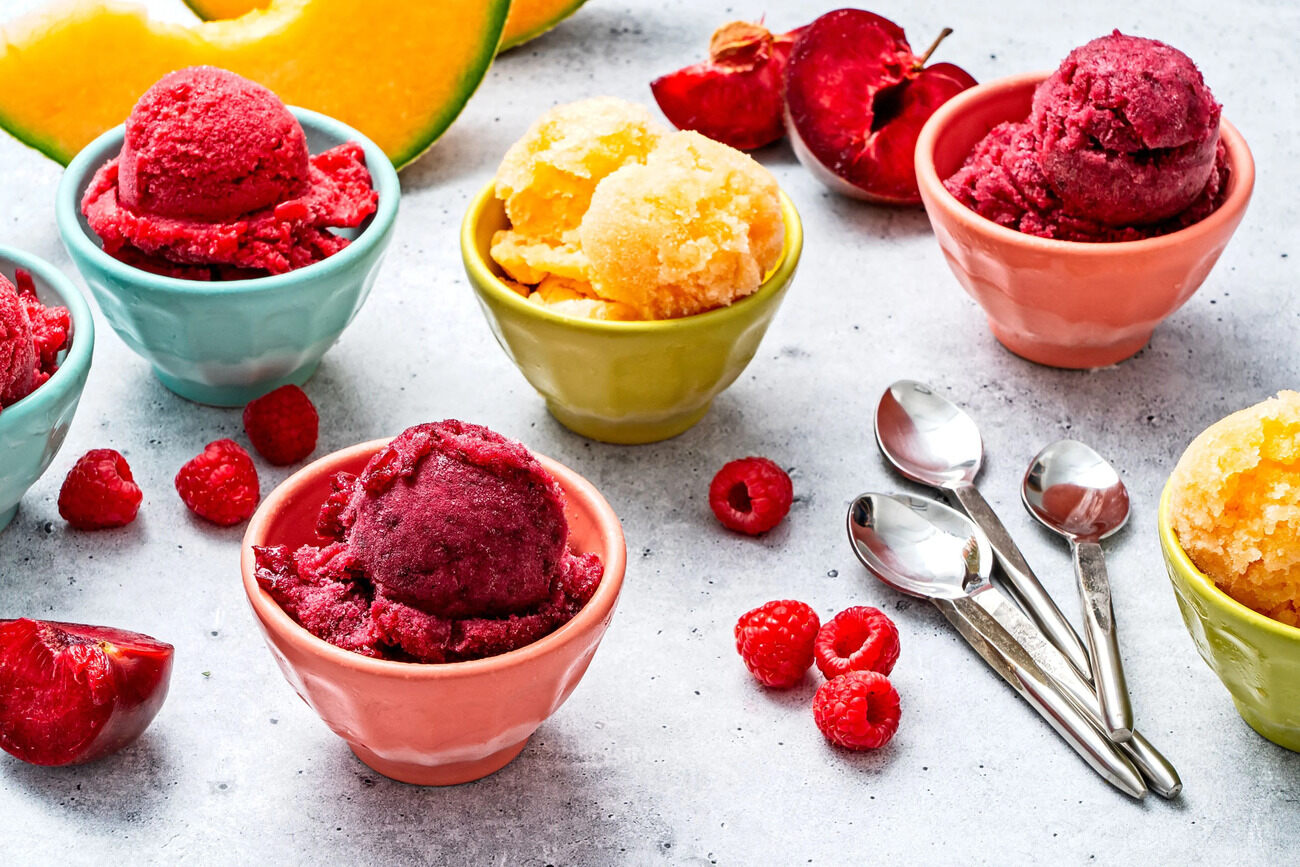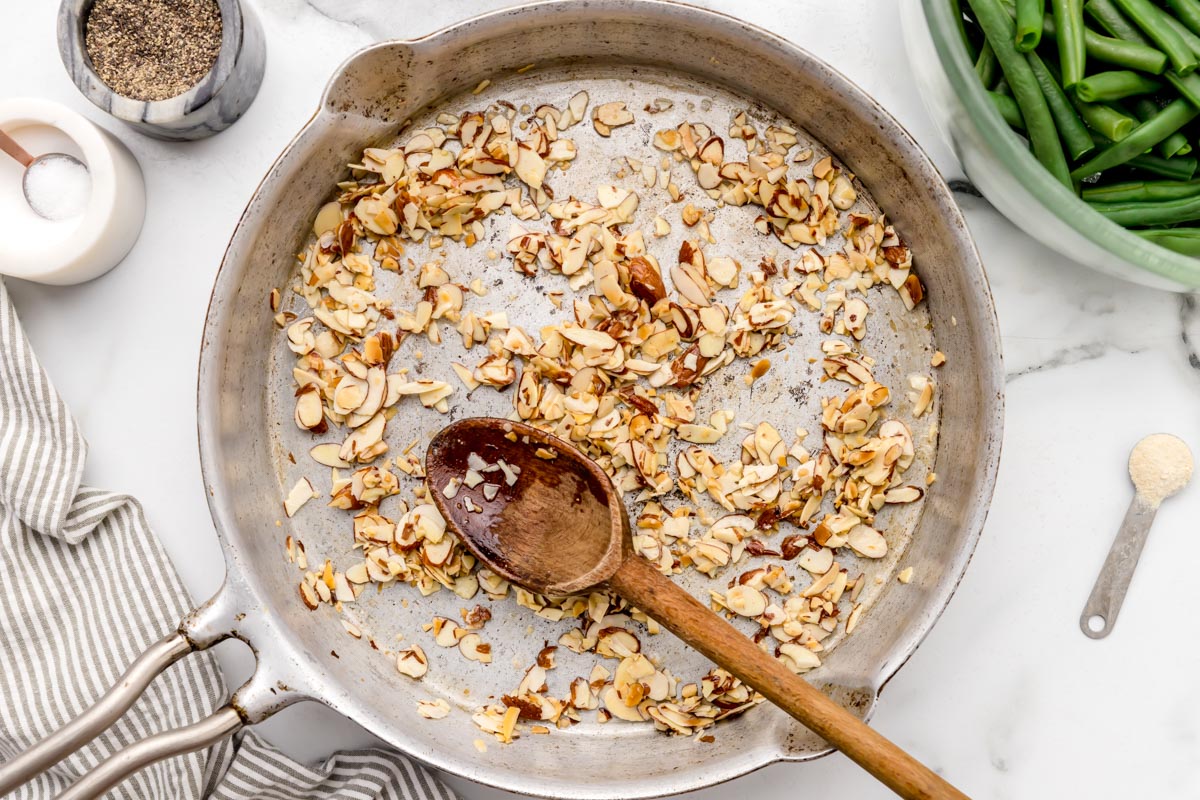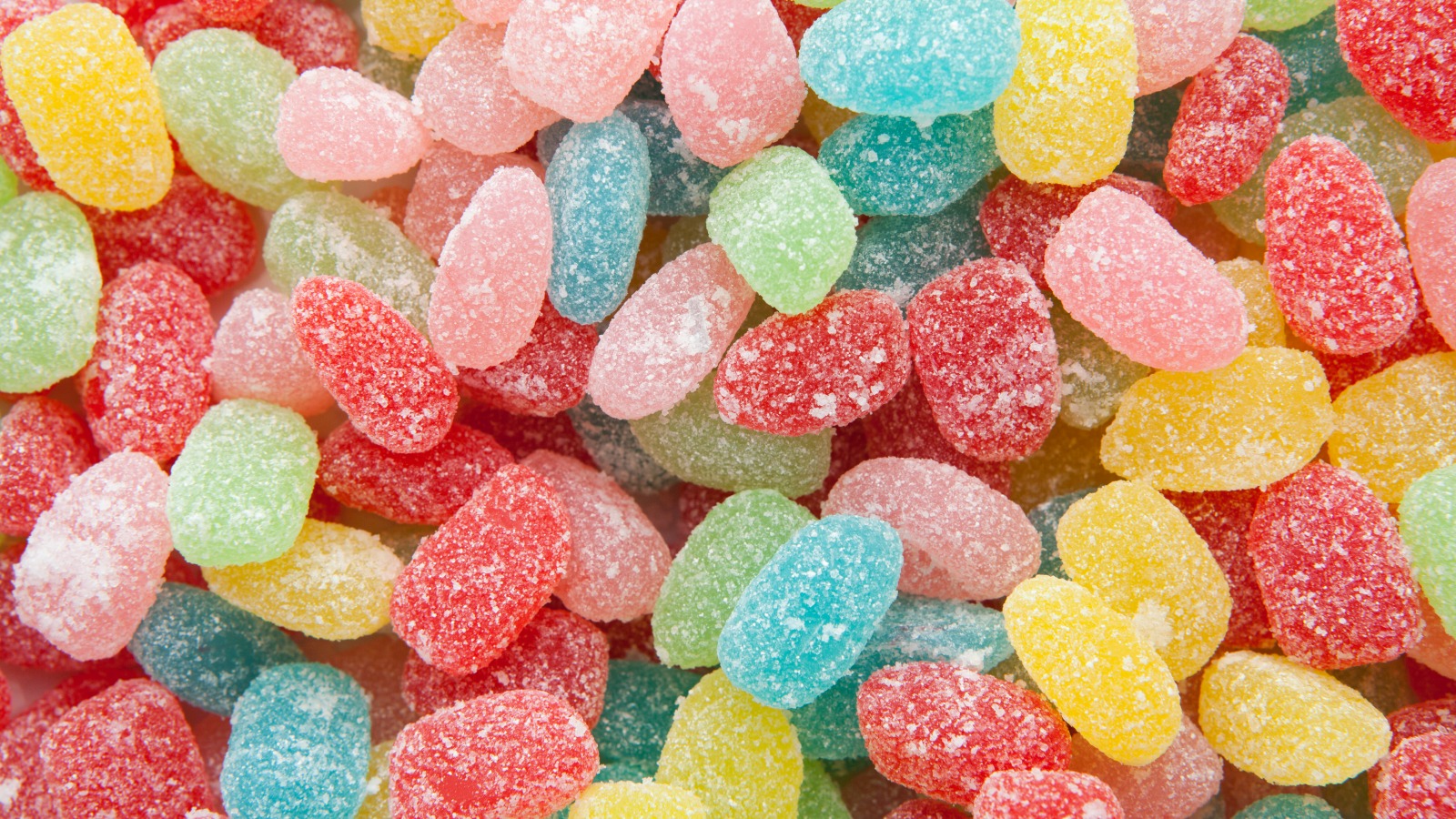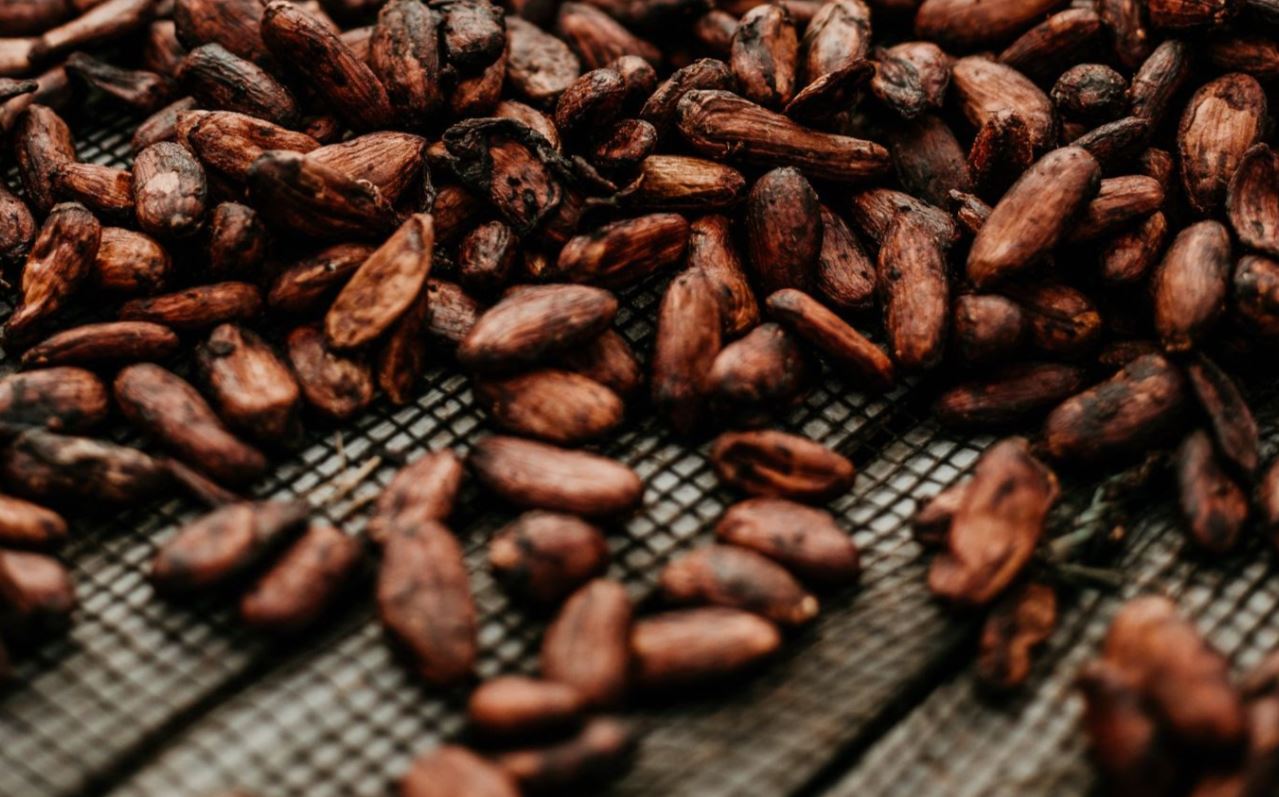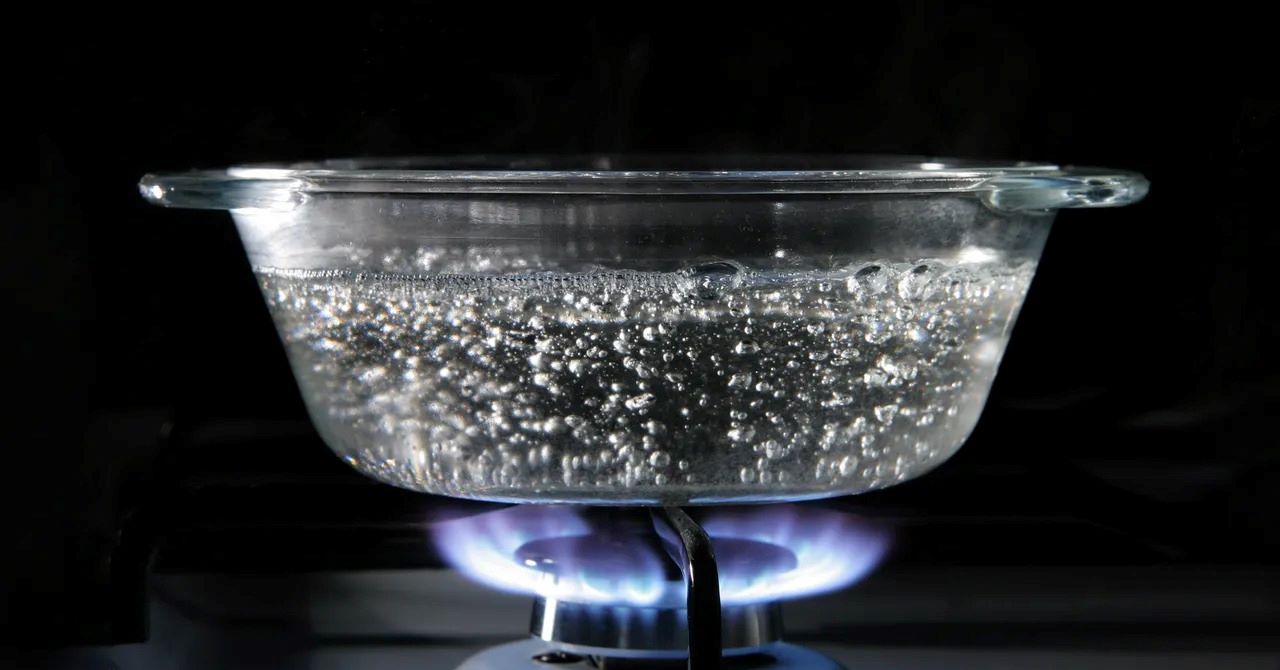Food texture plays a huge role in how we enjoy meals. Imagine biting into a crispy apple or savoring creamy mashed potatoes. The science behind modifying these textures involves understanding ingredients, cooking methods, and even molecular structures. Chefs and food scientists use techniques like emulsification, gelatinization, and fermentation to change how food feels in your mouth. These methods can make dishes more appealing, improve shelf life, or cater to specific dietary needs. Whether you're a home cook or a food enthusiast, knowing these techniques can elevate your culinary skills and make eating more enjoyable.
Essential Ingredients for Your Culinary Creation
- Cornstarch
- Xanthan gum
- Gelatin
- Agar-agar
- Pectin
- Guar gum
- Locust bean gum
- Potato starch
- Tapioca flour
- Arrowroot powder
- Egg whites
- Milk powder
Must-Have Tools and Instruments
Tools Needed for Food Texture Modification
- Blender: For pureeing and creating smooth textures.
- Food Processor: Chops, slices, and grinds ingredients to desired consistency.
- Immersion Blender: Blends directly in pots or bowls for soups and sauces.
- Whisk: Incorporates air into mixtures for fluffier textures.
- Stand Mixer: Mixes, kneads, and whips ingredients efficiently.
- Rolling Pin: Flattens dough to uniform thickness.
- Sieve or Strainer: Removes lumps and creates finer textures.
- Mandoline Slicer: Slices vegetables and fruits uniformly.
- Mortar and Pestle: Grinds spices and herbs to desired texture.
- Meat Tenderizer: Softens meat fibers for a tender texture.
- Piping Bags and Tips: Shapes and decorates with precision.
- Thermometer: Ensures accurate cooking temperatures.
- Scale: Measures ingredients precisely for consistent results.
- Silicone Spatula: Mixes and folds ingredients without deflating them.
- Pastry Brush: Applies glazes and washes evenly.
- Grater: Shreds cheese, vegetables, and zest for varied textures.
- Microplane: Finely grates ingredients for delicate textures.
- Baking Sheets: Provides a flat surface for even baking.
- Cooling Rack: Allows baked goods to cool evenly.
- Non-stick Pans: Prevents sticking and ensures smooth textures.
- Double Boiler: Melts chocolate and heats delicate sauces gently.
- Sous Vide Machine: Cooks food evenly at precise temperatures.
- Dehydrator: Removes moisture for crispy textures.
- Ice Cream Maker: Churns and freezes mixtures for smooth, creamy textures.
- Pressure Cooker: Cooks food quickly while retaining moisture.
- Vacuum Sealer: Removes air for sous vide cooking and preserving textures.
Food texture modification involves altering the physical properties of food to improve mouthfeel, appearance, or stability. Techniques include using thickeners, emulsifiers, and gelling agents to achieve desired textures.
The Importance of Texture Modification
Food texture modification enhances sensory experiences and improves palatability. By altering textures, chefs can create unique dishes that appeal to different taste preferences. This technique also helps in making food easier to chew and swallow, benefiting individuals with dysphagia or other eating difficulties.
Texture modification also plays a role in nutrition. By changing the texture, nutrient absorption can be improved, making it easier for the body to digest and utilize essential vitamins and minerals. This is particularly important for elderly individuals and those with medical conditions requiring specialized diets.
Your Step-by-Step Guide to Perfect Texture
Step-by-Step Guide to The Science of Food Texture Modification
-
Understand Food Texture Basics
- Texture refers to the physical feel of food.
- Key descriptors: crunchy, chewy, smooth, creamy, crispy.
-
Identify Desired Texture
- Determine if you want soft, firm, gel-like, or crisp.
- Consider the final dish and mouthfeel.
-
Choose the Right Ingredients
- Starches (cornstarch, potato starch) for thickening.
- Gums (xanthan gum, guar gum) for stabilizing and thickening.
- Gelatin and agar-agar for gelling.
- Emulsifiers (lecithin) for smoothness.
-
Modify Texture with Heat
- Boiling and simmering can soften vegetables and meats.
- Baking and roasting create crisp exteriors.
- Steaming retains moisture and softness.
-
Use Mechanical Methods
- Blending and pureeing for smooth textures.
- Whipping and beating to incorporate air for fluffiness.
- Mashing for a chunky or smooth consistency.
-
Incorporate Chemical Agents
- Baking powder and baking soda for leavening and lightness.
- Acids (vinegar, lemon juice) can tenderize meats.
- Salt draws out moisture and can create a crisp texture.
-
Control Moisture Content
- Drying or dehydrating for crispiness.
- Adding liquids (broth, water) for moisture and softness.
- Marinating to infuse flavor and tenderness.
-
Experiment with Temperature
- Freezing can alter texture, making some foods firmer or crispier.
- Chilling can set gels and creams.
- Room temperature for optimal serving texture.
-
Use Time to Your Advantage
- Slow cooking for tender meats and rich textures.
- Quick cooking for crisp vegetables.
- Resting doughs and batters for better texture.
-
Combine Techniques
- Layering textures (crunchy topping on creamy base).
- Contrasting textures (soft filling in a crisp shell).
- Balancing textures (smooth sauce with chunky ingredients).
-
Test and Adjust
- Taste and feel during preparation.
- Adjust ingredients or methods as needed.
- Record successful techniques for future use.
-
Understand the Role of pH
- Acidic environments can firm proteins.
- Alkaline environments can soften foods.
- Balance pH for desired texture outcomes.
-
Use Enzymes
- Papain and bromelain for tenderizing meats.
- Amylase for breaking down starches.
- Pectinase for clarifying juices and softening fruits.
-
Consider Food Pairings
- Complementary textures enhance the eating experience.
- Contrasting textures create interest and complexity.
- Balance soft, crunchy, smooth, and chewy elements.
-
Stay Informed
- Read about new techniques and ingredients.
- Experiment with different methods.
- Learn from culinary experts and resources.
Mastering Texture in Your Culinary Creations
In essence, understanding and applying the principles of food texture modification can significantly elevate your cooking. From thickening soups with roux to creating the perfect emulsion for a vinaigrette, mastering these techniques allows for an enhanced dining experience. Remember, texture plays a crucial role in how we perceive flavor. By incorporating various methods like pureeing, emulsifying, or even molecular gastronomy into your repertoire, you can transform ordinary dishes into extraordinary culinary experiences. So, don't shy away from experimenting with different textures in your kitchen. It's all about finding the right balance that works for your dish, making it not just a meal but a memorable experience for anyone who tastes it. Keep practicing, and soon, manipulating food texture will become second nature in your culinary adventures.
All Your Questions Answered
What is food texture modification?
Food texture modification involves changing the physical properties of food to improve its mouthfeel, appearance, or suitability for specific dietary needs. This can include making foods softer, thicker, or more gel-like.
Why is food texture important?
Texture affects how we perceive and enjoy food. It can influence flavor release, ease of swallowing, and overall eating experience. For example, a creamy soup feels different from a chunky stew.
How can I modify the texture of my food at home?
You can use thickeners like cornstarch or gelatin, blenders to puree foods, or even sous-vide techniques to achieve different textures. Simple tools and ingredients can make a big difference.
Are there any health benefits to modifying food texture?
Yes, especially for people with dysphagia (difficulty swallowing) or other medical conditions. Modified textures can make food safer and easier to consume, ensuring proper nutrition.
What are some common ingredients used in texture modification?
Ingredients like agar-agar, xanthan gum, pectin, and gelatin are often used. Each has unique properties that can create different textures, from thickening liquids to forming gels.
Can texture modification affect the taste of food?
Generally, texture modification aims to change the mouthfeel without altering the flavor. However, some thickeners or gelling agents might have a slight taste, so it's important to use them in appropriate amounts.
Is texture modification used in commercial food production?
Absolutely. Many processed foods undergo texture modification to improve shelf life, consistency, and consumer appeal. Think of yogurt, ice cream, and even some baked goods.
